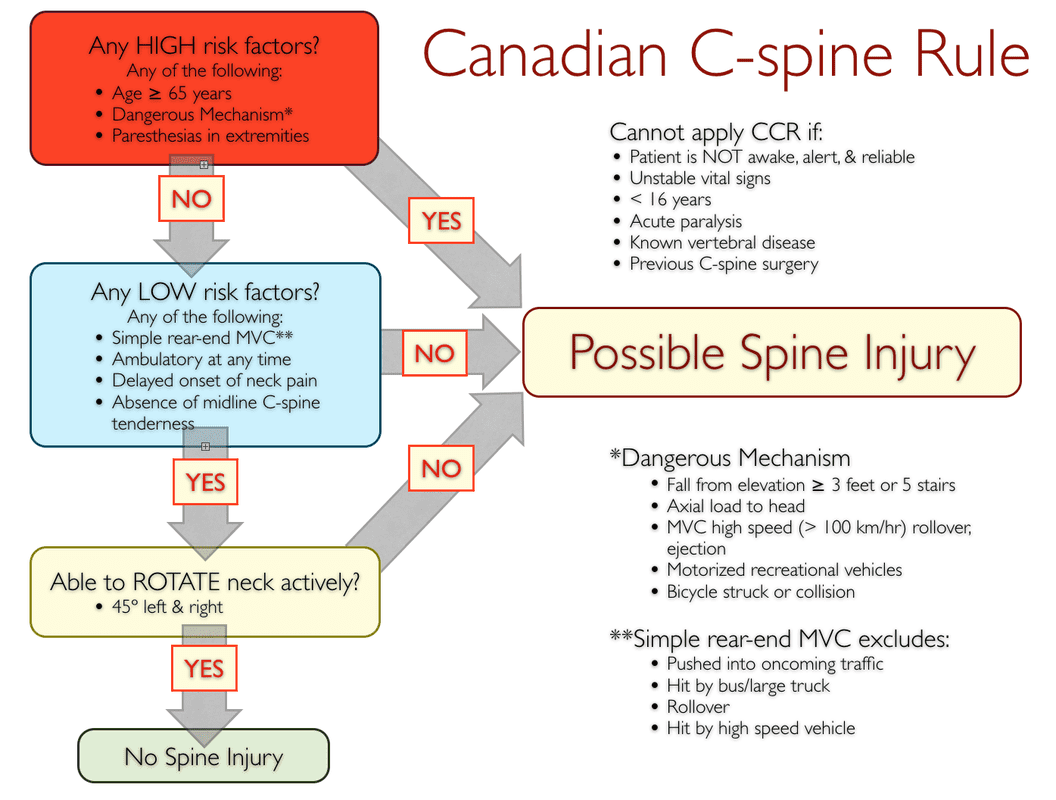Compartment syndrome is a serious condition that involves increased pressure in a muscle compartment and can lead to muscle and nerve damage and problems with blood flow. It can be caused by fractures, crush injury, burns or other trauma or repetitive activities, such as running. Compartment syndrome is most common in the lower leg and forearm, although it can also occur in the hand, foot, thigh, and upper arm.
Signs and Symptoms
-
- Pain out of proportion to the injury or stimulated by stretching or movement
- Pallor: Pale or cyanotic skin
- Pulseless: Diminished or absent distal pulse
- Pressure: The muscle may feel tight or full
Treatment Principles
-
- Assess all extremity injuries for compartment syndrome.
- Acute compartment syndrome is a surgical emergency.
- There is no effective nonsurgical treatment.
- Evacuate to definitive care.
These curricula recommendations have been adopted from NOLS Wilderness Medicine and have been edited to conform to the standards
set by Center for Wilderness Safety and the Wilderness Medical Society in accordance with the WMS National Practice Guidelines.


